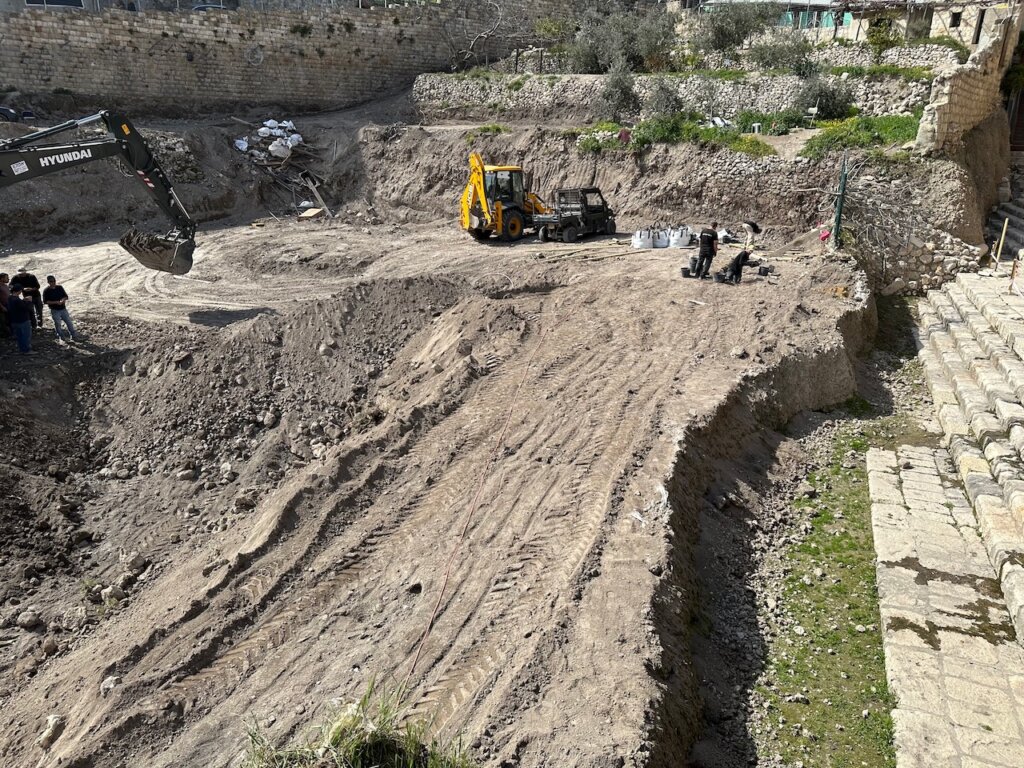“Neo-Assyrian reliefs in the provinces tend to present the sacred using standardized Assyrian court motifs. A recently discovered relief at Başbük, however, offers a rare depiction of local gods in Assyrian court style but with traditional Syro-Anatolian motifs.”
“After the recent massive earthquakes, Türkiye’s Hatay Archaeology Museum stepped up efforts to protect its valuable artifacts from aftershocks by employing an in situ protection formula for heavy items and sending smaller artifacts to another museum for safekeeping.”
Archaeologists excavating a 2nd century AD villa in Rome discovered two mosaics depicting Medusa. The article does not include photos of the mosaics.
A previously unknown palimpsest fragment of Matthew 11-12 in Old Syriac has been found in the Vatican Library.
Drawing on James Hoffmeier’s recent BAR article, Marek Dospěl provides an overview of the archaeological and geological evidence for Jeremiah’s travels to Egypt.
The most lavish Mesopotamian tomb ever discovered belonged to a woman.
The Greek Reporter has the oldest photo of the Acropolis of Athens, taken in 1842.
Kim Phillips: “The sale of Codex Sassoon raises questions about what’s real and what’s hype about this important manuscript.”
New release on Logos: Manna Bible Maps Plus: Maps, Timelines, and Movies to Help Students Visualize Their Study of the Bible ($63). I have not used these and cannot offer an opinion as to their value.
Zoom lecture on April 19: “Evidence for Judean Exiles in Babylonia, 572–474 BCE,” by Laurie Pearce. Free but registration required.
The Database of Religious History is “a massive, standardized, searchable encyclopedia of the current best scholarly opinion on historical religious traditions and the historical record more generally.”
HT: Agade, Arne Halbakken, Ted Weis, Alexander Schick, Explorator
